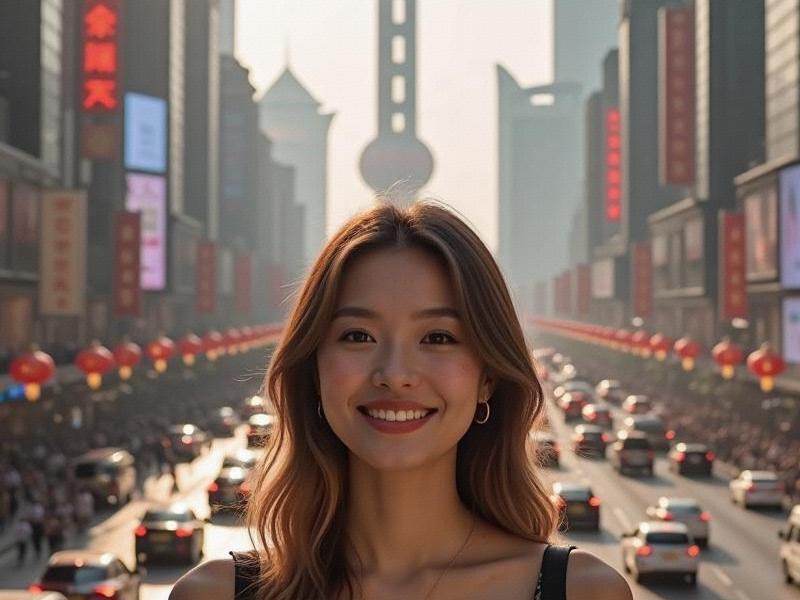An exploration of how Shanghai women have shaped and redefined Chinese beauty ideals, from the iconic "Shanghai Girl" of the 1920s to today's globalized fashion influencers.

Shanghai women have long been regarded as China's most sophisticated urban females, embodying a unique blend of Eastern charm and Western modernity. This 2,300-word examination reveals how Shanghai's distinctive beauty culture developed through different historical periods.
Historical Foundations:
The "Shanghai Girl" archetype first gained prominence in the 1920s-1940s, when the city was known as the "Paris of the Orient." These qipao-clad women represented:
- Early adoption of Western beauty products
- Revolutionary fashion choices (first to wear high heels publicly)
- Literacy and artistic accomplishments
- Business acumen in family enterprises
Post-liberation period saw temporary suppression of this glamorous image, but the essence survived in Shanghai women's meticulous self-care routines.
Modern Shanghai Beauty:
Contemporary Shanghai women navigate complex beauty expectations:
1. Career Professionalism: Balancing boardroom appropriateness with feminine elegance
2. Digital Age Pressures: Social media beauty standards versus real-life practicality
3. Cosmetic Innovation: Leading China's cosmetic surgery and non-invasive treatment trends
新夜上海论坛 4. Cultural Fusion: Mixing Korean skincare routines with French luxury brands
Fashion Capitals Within a Capital:
Different Shanghai districts cultivate distinct beauty subcultures:
- Xintiandi: Understated luxury and designer labels
- Tianzifang: Bohemian artistic expressions
- Nanjing Road: Fast fashion experimentation
- Former French Concession: Vintage chic revival
The Shanghai Beauty Economy:
The city's beauty industry generates over ¥50 billion annually, driven by:
- Highest per capita Sephora stores in China
- Flagship stores of international brands
- Local cosmetic giants like Pechoin
- Proliferation of beauty tech startups
上海龙凤论坛419
Work-Life-Beauty Balance:
Shanghai women have developed unique strategies for maintaining their appearance amid demanding careers:
- 5-minute makeup routines perfected for subway application
- Lunchtime beauty treatments at workplace-adjacent spas
- Multi-tasking skincare during commute (sheet masks in taxis)
- Crowdsourced beauty advice through WeChat groups
Generational Shifts:
Millennial and Gen Z Shanghai women exhibit new beauty priorities:
- Greater emphasis on skincare over makeup
- Sustainable beauty product choices
- Rejection of extreme thinness as ideal
- Celebration of diverse beauty standards
上海品茶工作室 Global Influences:
As China's most international city, Shanghai absorbs and adapts global trends:
- K-beauty innovations filtered through local preferences
- Western "natural beauty" concepts reinterpreted
- Japanese minimalism combined with Shanghainese flair
- Localized versions of global cosmetic campaigns
The Future of Shanghai Beauty:
Emerging trends suggest:
- Smart beauty devices integration
- AI-powered personalized skincare
- Rise of male grooming culture
- Return to some traditional Chinese beauty practices
Conclusion:
Shanghai women continue to redefine Chinese femininity, creating a distinctive urban aesthetic that balances global influences with local sensibilities. Their beauty choices reflect the city's historical role as China's gateway to the world while maintaining uniquely Shanghainese characteristics.